Abstract Offshore wind auctions in Europe have recently seen considerable price decreases, with resulting support levels low enough to warrant the question whether project profitabilities are robust enough against changing market prices, or whether project suffer from low returns upon…
Tag: Wind Energy
China’s future wind energy considering air density during climate change
Abstract To assess the impact of air density on future wind resources under representative concentration pathway (RCP) scenarios (RCP2.6, RCP4.5, and RCP8.5), the Coordinated Regional Downscaling Experiment-East Asia project was utilized to simulate the future air density characteristics of China…
A decision support system for assessing the barriers and policies for wind energy deployment
Abstract Addressing Africa’s energy infrastructure gap, including generation, distribution, and transmission, demands substantial investment, with a portion allocated to renewable energy technologies like wind energy. The significant scale-up of wind energy can yield substantial socioeconomic benefits for countries. However, there…
Strategies toward an effective and sustainable energy transition for Cuba
Abstract This study evaluated the possibilities of energy transition in Cuba 2030. Cuba is currently in a vulnerable energy situation since it strongly depends on the importation of fossil energy. Strategies based on intermittent RES (solar and wind) can reduce…
Robust energy storage system for stable in wind and solar
Abstract Energy storage systems (ESS) have become a conspicuous research hotspot since they store power and supply it during peak hours. Existing storage systems must be replaced by advanced energy storage with improved performance, energy management, and a control interface due to…
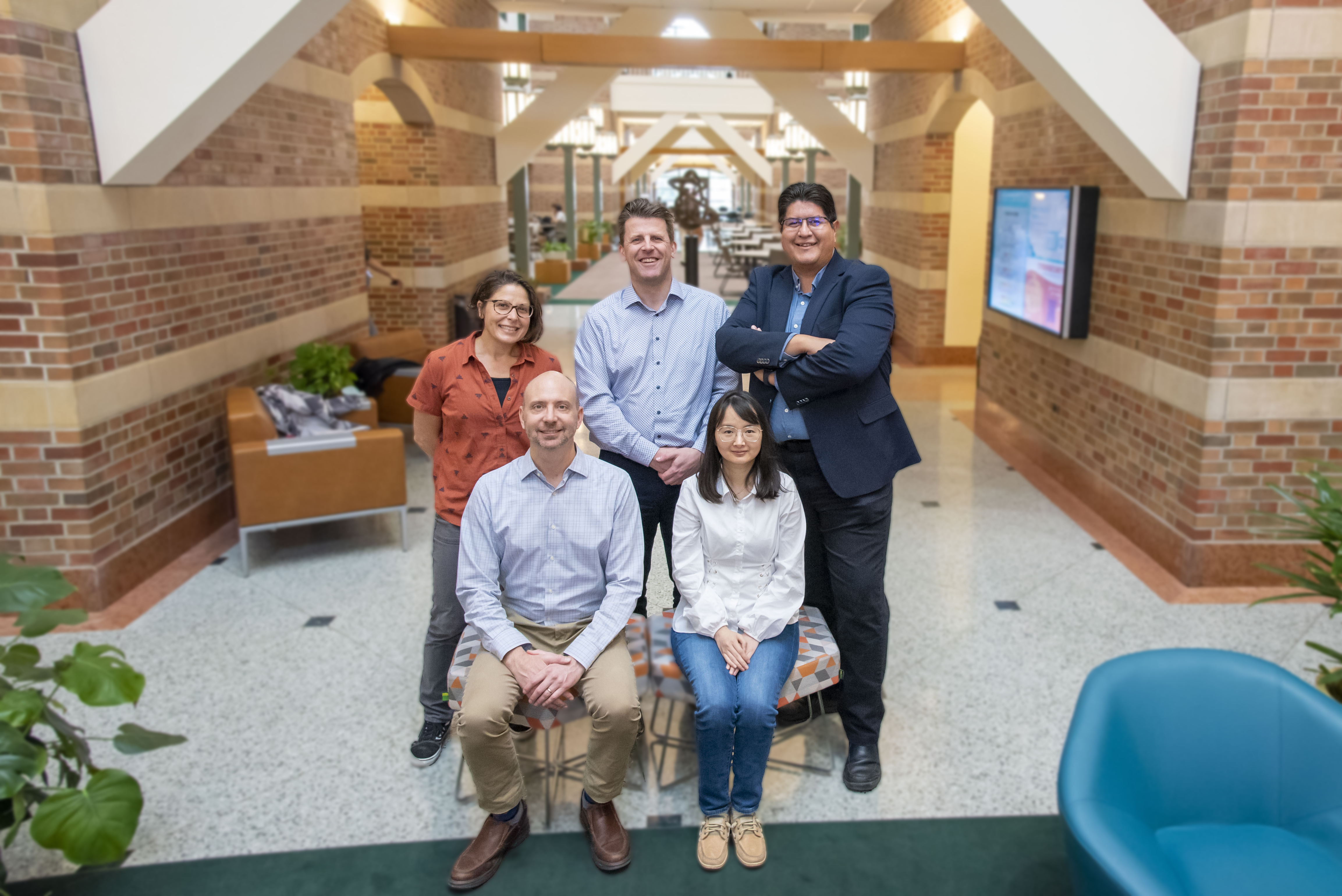
Microdroplets, macro results: Beckman researchers pursue Energy Earthshots
Researchers at the Beckman Institute will conduct electrochemical reactions in microdroplets to produce clean hydrogen, sequester carbon dioxide, and store renewable energies like wind and solar inexpensively and sustainably. Their project, called DROPLETS, received $4.5 million from the U.S. Department of Energy’s Office of Science through its Energy Earthshots Initiative.
Marine Heat Waves in the Gulf of Mexico, Emerging Offshore Wind Energy Data Opportunities Take Center Stage at GCOOS Fall Meeting
The Gulf of Mexico Coastal Ocean Observing System (GCOOS) recently hosted its annual Fall Meeting, focusing discussions on emerging issues related to long-term climate change, including marine heat waves and the development of renewable wind energy platforms in the Gulf.
Wind Forecast Improvement Project Saves Millions for Utilities
Regional wind data from around the U.S. helps improve a national weather forecasting model, which allows utility companies better plan for windy days
Seven entrepreneurs join Innovation Crossroads seventh cohort
Seven entrepreneurs will embark on a two-year fellowship as the seventh cohort of Innovation Crossroads kicks off this month at the Department of Energy’s Oak Ridge National Laboratory. Representing a range of transformative energy technologies, Cohort 7 is a diverse class of innovators with promising new companies.
Tulane expert available to speak on historic offshore wind sale in the Gulf of Mexico
Tulane University’s Eric Smith, associate director of the Tulane Energy Institute at the A.B. Freeman School of Business and expert on energy markets, including the oil and gas industry and renewable segments, is available to comment on the benefits to Louisiana…
Wind turbines recoup the energy required to build them within a year of normal operation
According to a report released by the U.S. Department of Energy (DOE), Wind power is now the largest source of renewable energy in the U.S. Social media posts that have been widely shared have alleged that wind power is inefficient and unnecessarily expensive.
Scientists bring efficiency to expanding offshore wind energy
New research shows how to make offshore wind farms more efficient in the face of impending rapid expansion – crucial information as the U.S. Department of the Interior affirmed White House plans to lease federal waters for several giant arrays of wind turbines along the waters of the East Coast.
Wind energy can deliver vital slash to global warming
Implementing advance wind energy scenarios could achieve a reduction in global warming atmospheric average temperatures of 0.3 to 0.8 degrees Celsius by the end of the century, according to new research from Cornell University.
Bottling Clean Energy in Chemical Bonds
Of the various methods to store renewable energy, one stands out for holding onto energy for months at a time: storing energy in the chemical bonds of molecules such as hydrogen.
Researchers Create Better Method to Predict Offshore Wind Power
Rutgers researchers have developed a machine learning model using a physics-based simulator and real-world meteorological data to better predict offshore wind power.
Steering Wind Turbines Creates Greater Energy Potential
For wind farms, it is important to control upstream turbines in an efficient manner so downstream turbines are not adversely affected by upstream wake effects. In the Journal of Renewable and Sustainable Energy, researchers show that by designing controllers based on viewing the wind farm system as a coupled network, it is possible to extract power more efficiently.
Experts’ Predictions for Future Wind Energy Costs Drop Significantly
Technology and commercial advancements are expected to continue to drive down the cost of wind energy, according to a survey led by Berkeley Lab of the world’s foremost wind power experts. Experts anticipate cost reductions of 17%-35% by 2035 and 37%-49% by 2050, driven by bigger and more efficient turbines, lower capital and operating costs, and other advancements.

Biden’s offshore wind goals ‘exactly what US needs’
Yesterday, the Biden administration announced a plan to designate a priority offshore wind zone between Long Island and New Jersey as part of a larger effort to overhaul U.S. energy production and fight climate change. Lara Skinner is the director of…

Field study shows icing can cost wind turbines up to 80% of power production
Researchers took their studies of wind-turbine icing out of the lab and into the field to learn how ice accumulates on rotating blades. They learned ice on the blades can reduce power production by up to 80%. The field study also validated their experimental findings, theories and predictions.
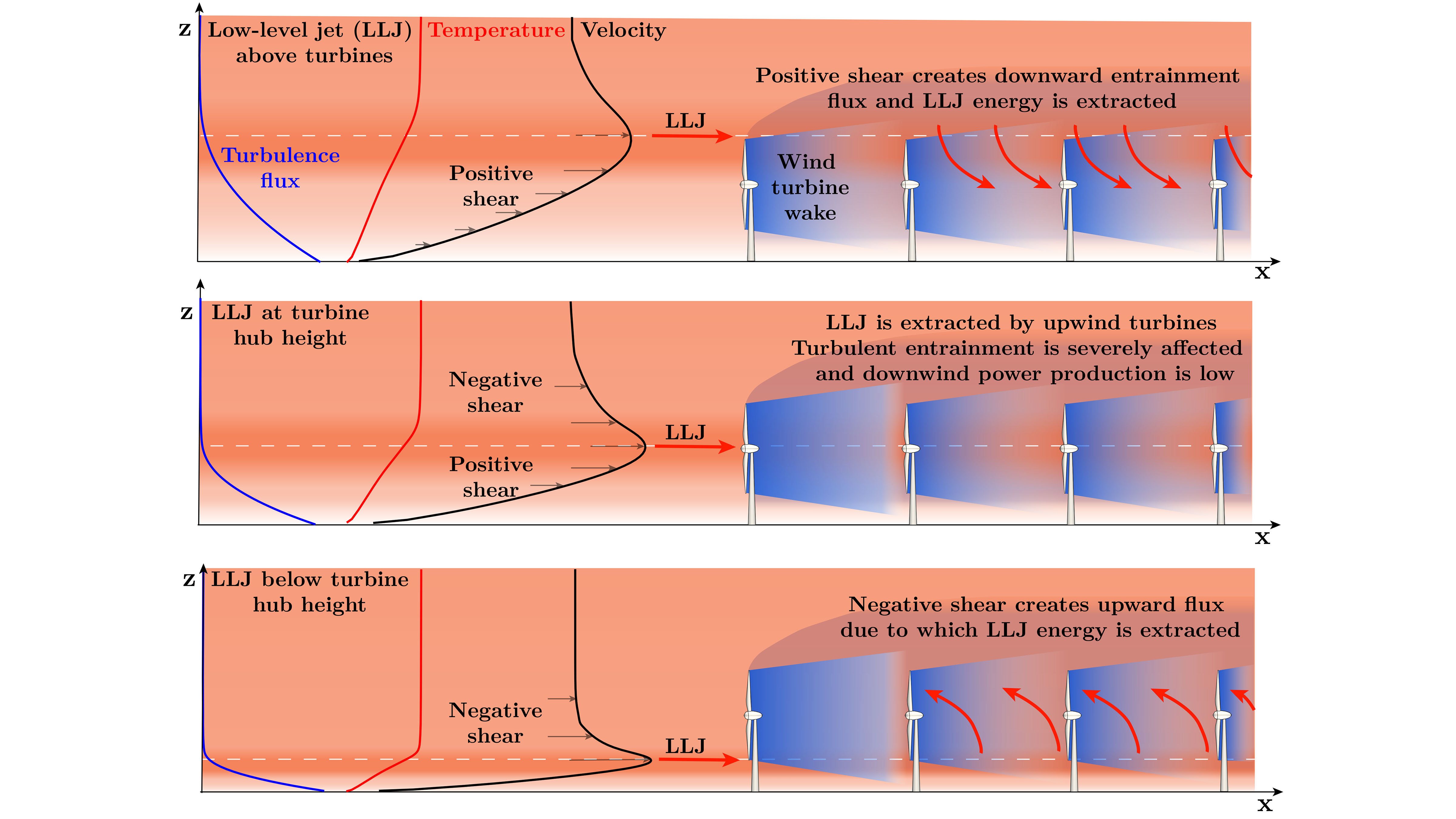
Low-Level Jets Create Winds of Change for Turbines
Global wind power capacity has increased more than fivefold over the past decade, leading to larger turbines, but low-level jets are one cause for concern. The effects of these strong, energetic wind flows depend on how high the wind flows are in relation to the turbines. In the Journal of Renewable and Sustainable Energy, researchers considered three different scenarios in which the LLJs were above, below, and in the middle of the turbine rotors.
New global ‘wind atlas’ propels sustainable energy
Wind energy scientists at Cornell University have released a new global wind atlas – a digital compendium filled with documented extreme wind speeds for all parts of the world – to help engineers select the turbines in any given region and accelerate the development of sustainable energy.
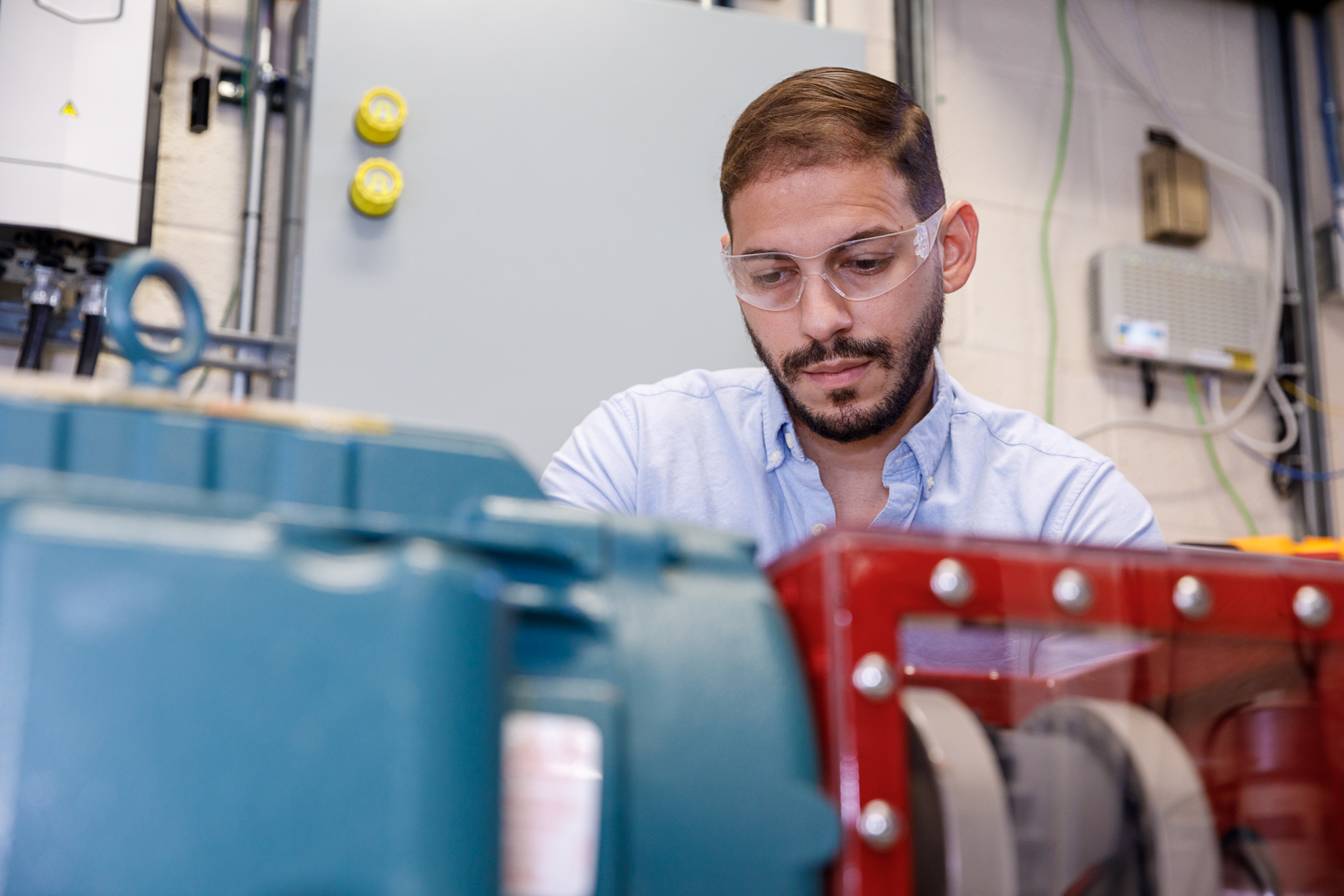
New tool at Sandia brings some West Texas wind to the Duke City — virtually
Researchers at Sandia National Laboratories have a new tool that allows them to study wind power and see whether it can be efficiently used to provide power to people living in remote and rural places or even off the grid, through distributed energy.

WIND FARM WEATHER INFLUENCE
While offshore wind projects provide clean and renewable energy, a new study from the University of Delaware shows that they can also have unintended effects on local weather in the form of minimal, though statistically significant, impacts when it comes to wind speed and reduced precipitation at nearby onshore locations.
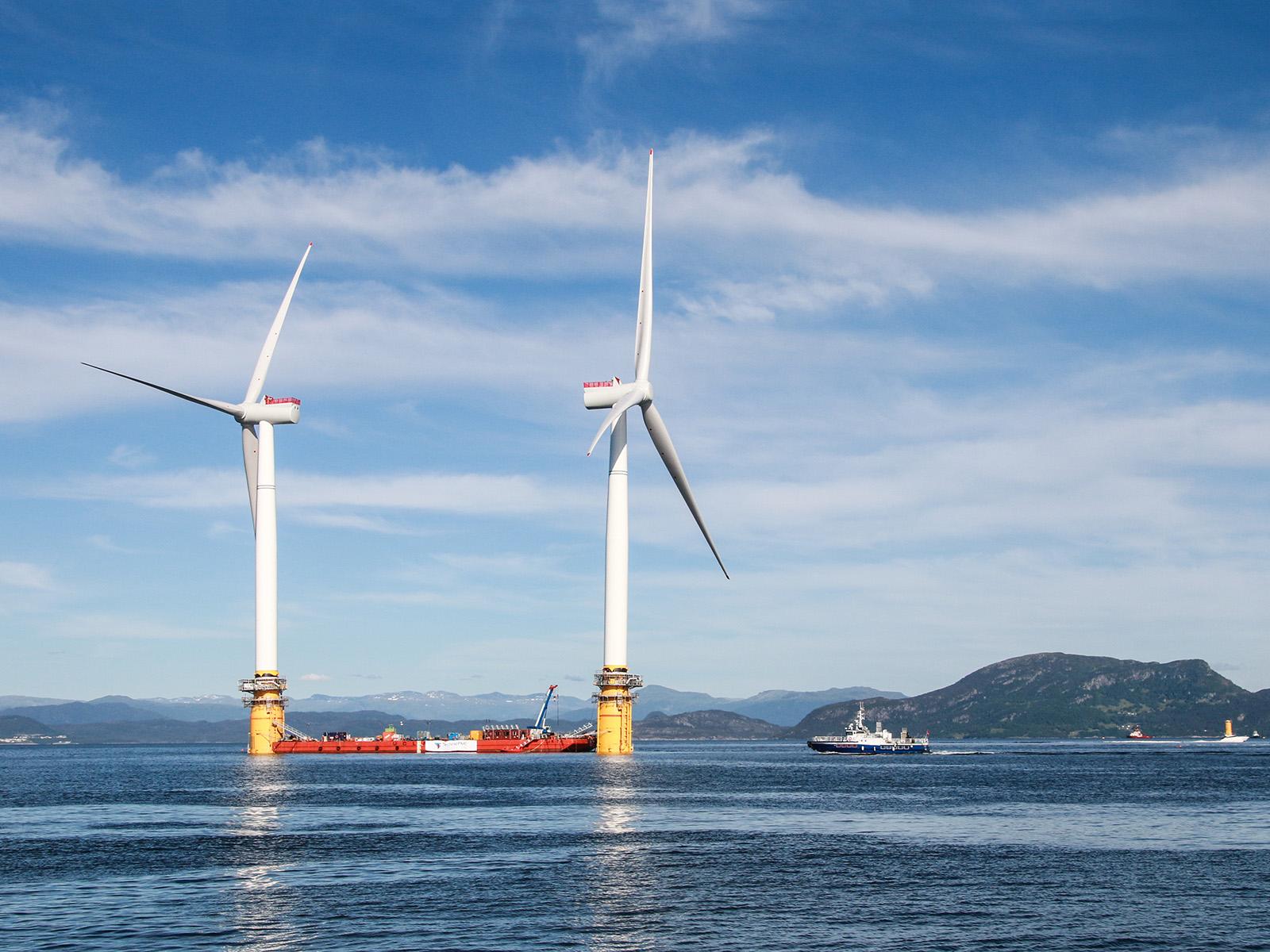
Wind Power off the Oregon Coast Could Provide More than Electricity
A recent study found that 2 to 3 gigawatts of electricity from winds off the coast of Oregon could be carried by current transmission lines. That’s enough to power up to 1 million homes—a significant number since there are 1.5 million homes in Oregon. But just as significantly, it also means that delivering that power would not require much additional investment in new transmission infrastructure.
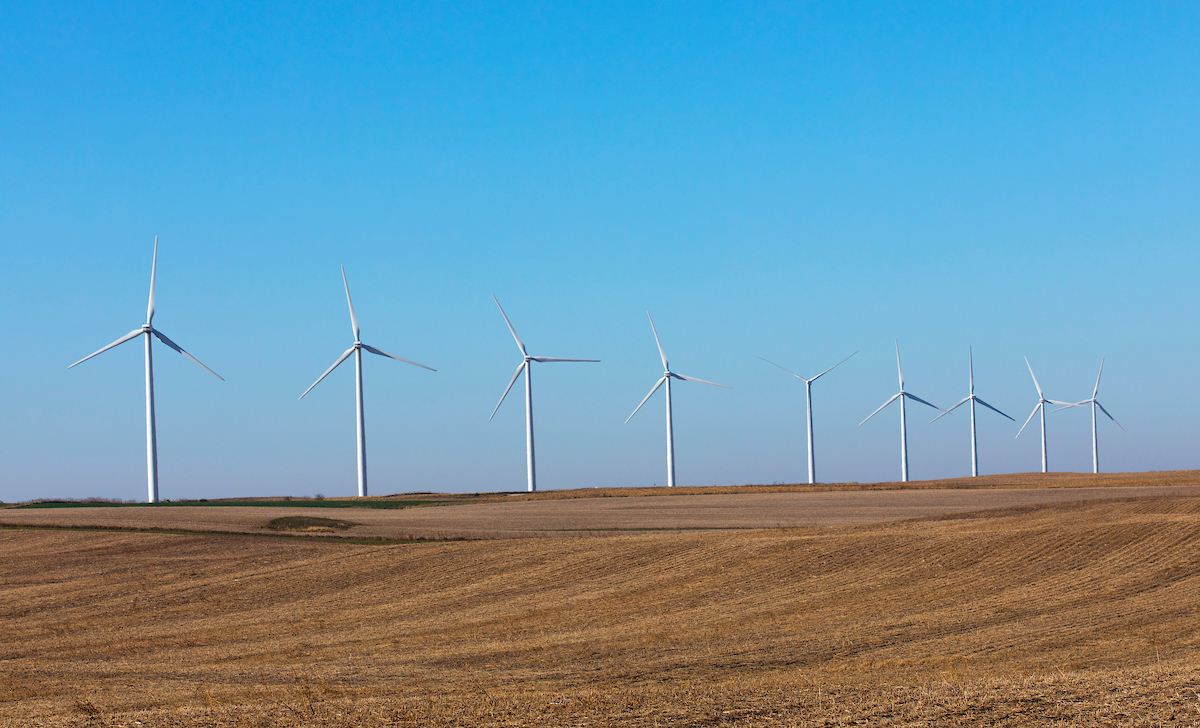
Engineers writing the script to restore wind-dominant power grids after blackouts
Iowa now generates more than 40% of its electricity from wind power. But wind-dominant electric grids aren’t designed to meet a typical, step-by-step blackout recovery after storms. Iowa State’s Hugo Villegas Pico will lead a team that will research how to orchestrate the restoration of wind-dominant grids.
Grant supports development of efficient offshore wind farms
A new interdisciplinary Cornell University research project is designed to unlock the power of wind energy by optimizing the spacing between wind turbines and wind turbine arrays to maximize power production.
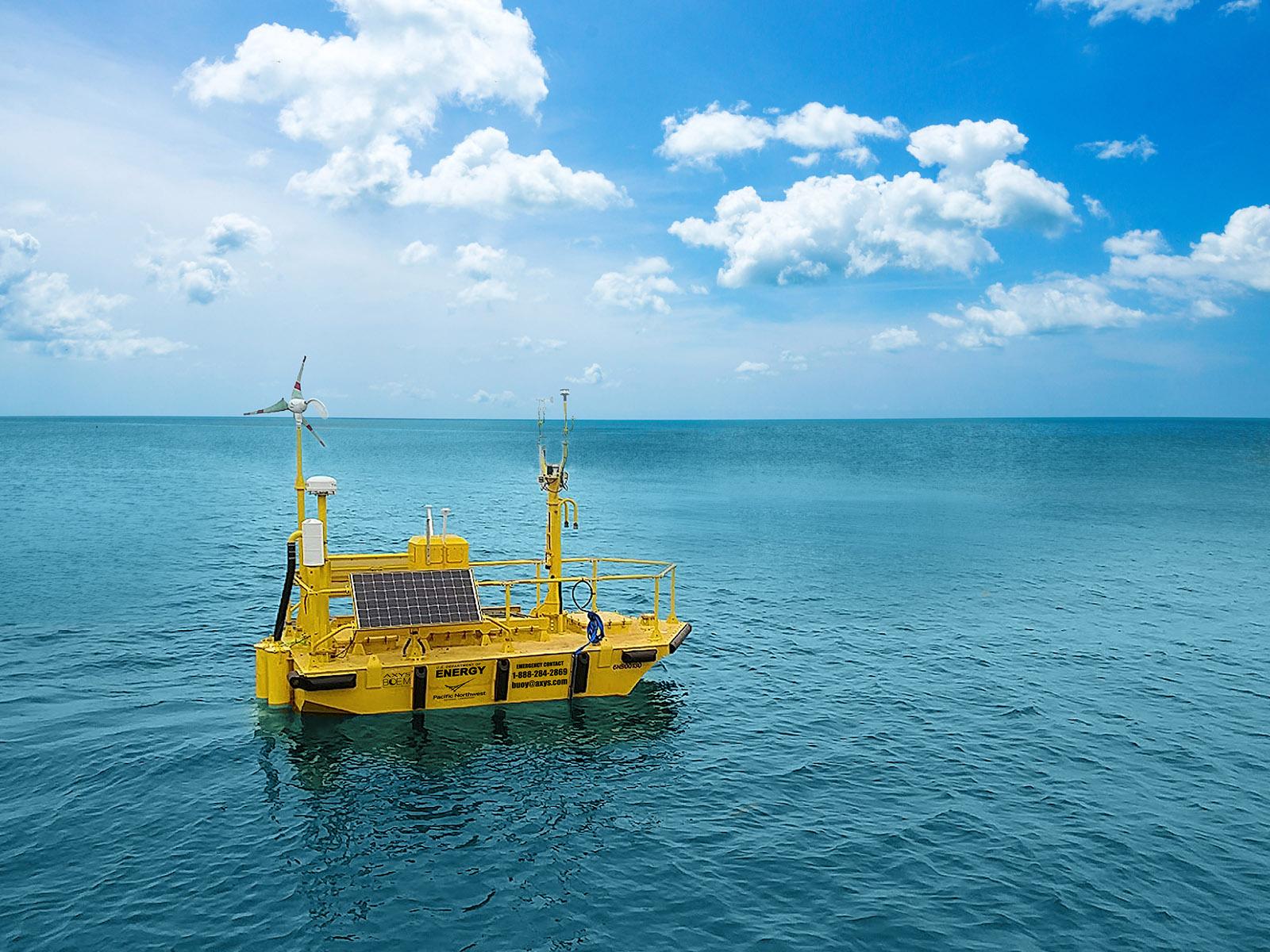
Offshore Wind Research Buoys Float into California’s Waters
PNNL has deployed (10/8/20) two research buoys in waters off the West Coast for the first time in deep water, supporting a U.S. Department of Energy and Bureau of Ocean Energy Management effort to gather measurements that support offshore wind locations and technologies.
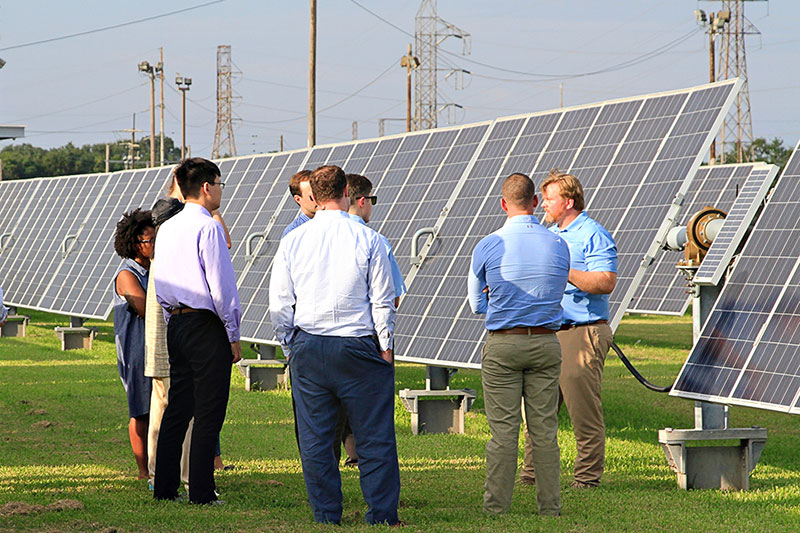
Tulane University launches new degree program in renewable energy
With the growing role of renewables in the nation’s energy mix, Tulane University’s A. B. Freeman School of Business has launched a program to teach students how to bring renewable and sustainable energy projects from concept to completion.
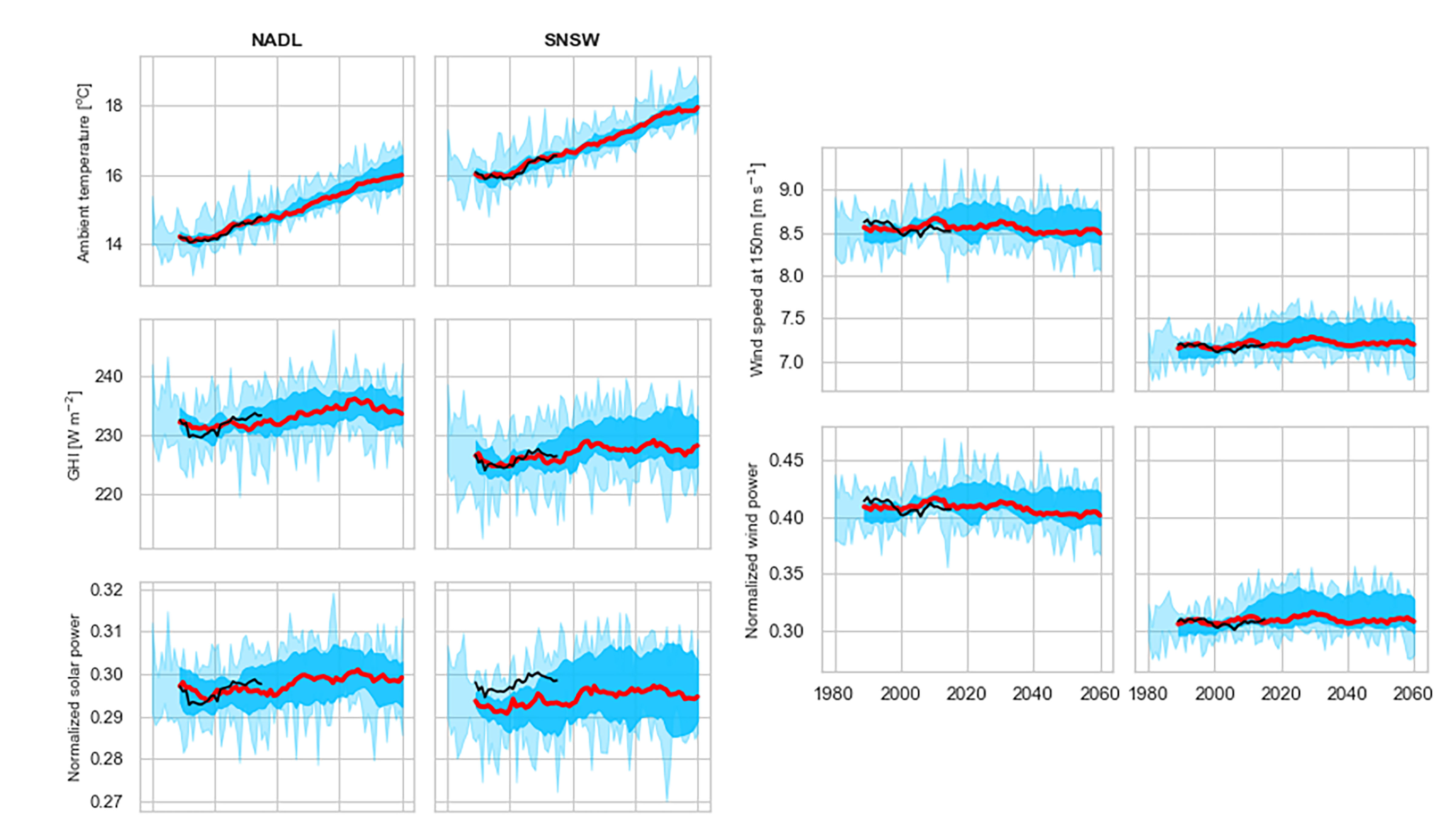
Climate Change Impact on Green Energy Production
As the climate of the planet is changing, many researchers are looking to more renewable energy sources. In the Journal of Sustainable and Renewable Energy, researchers investigate whether the power generated by solar and wind farms would differ between current and future climates. The researchers focused on sites in Australia where variable renewable generators are located or are likely to be located in the future based on the Australian Energy Market Operator’s system plan.
ASSEMBLING OFFSHORE WIND TURBINES
To meet the current and anticipated demand for offshore wind, we’re going to need marshalling ports, large waterside sites with the acreage and weight-carrying capacity necessary to assemble, house and deploy the huge wind turbines ready to ship out into the ocean. A new study from the University of Delaware has identified two prime east coast locations for marshalling ports on either side of the Delaware bay.
FSU engineering researchers harness wind data to help meet energy needs in Florida
Florida is one of several states in the Southeast where wind energy is virtually nonexistent, which is one reason wind farms have not been an economically viable energy source in the region. But a new study from the FAMU-FSU College of Engineering shows how upcoming technological advances could make wind energy a hot commodity in the Sunshine State.
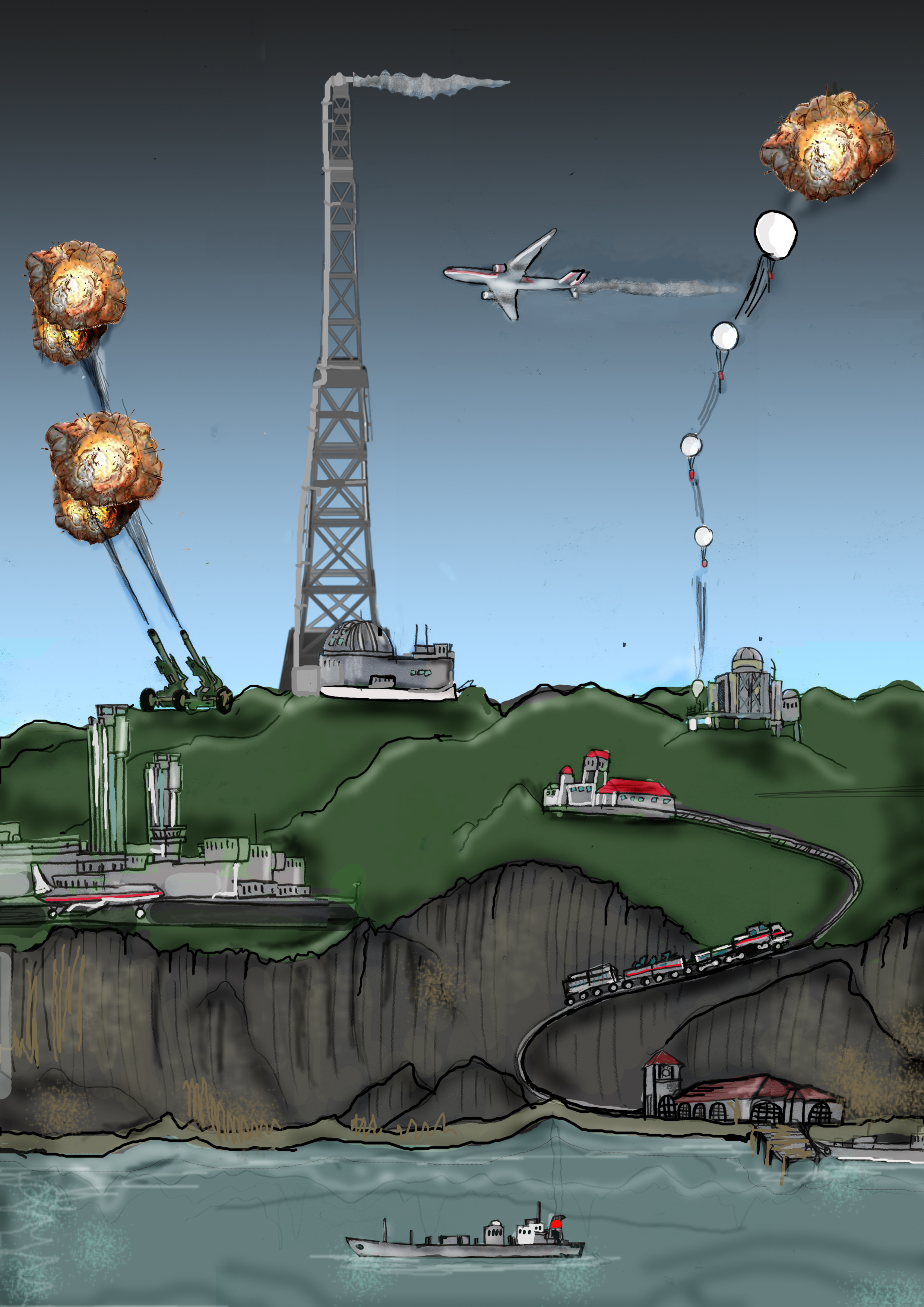
Geoengineering is Just a Partial Solution to Fight Climate Change
Could we create massive sulfuric acid clouds that limit global warming and help meet the 2015 Paris international climate goals, while reducing unintended impacts? Yes, in theory, according to a Rutgers co-authored study in the journal Earth System Dynamics. Spraying sulfur dioxide into the upper atmosphere at different locations, to form sulfuric acid clouds that block some solar radiation, could be adjusted every year to keep global warming at levels set in the Paris goals. Such technology is known as geoengineering or climate intervention.
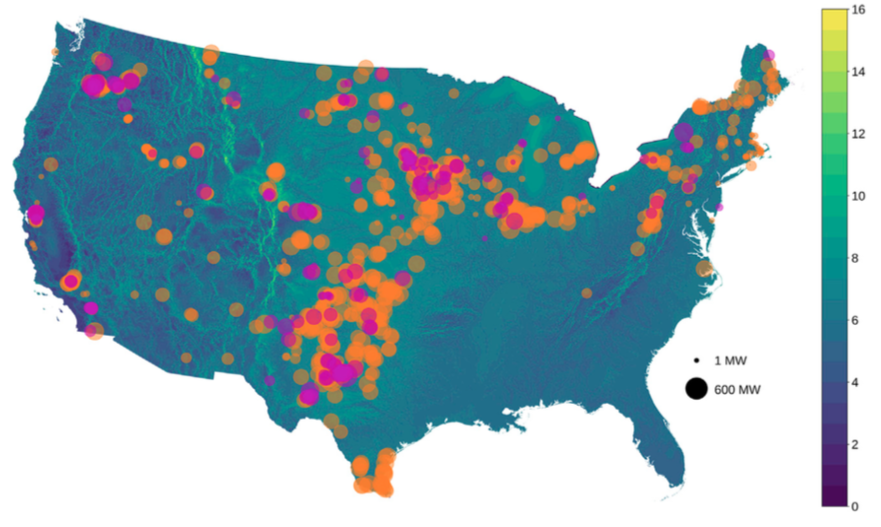
Science Snapshots May 2020
World’s forests are growing younger, U.S. wind plant performance changes with age, and fungi food choices opens the door to better methods for producing bio-based products
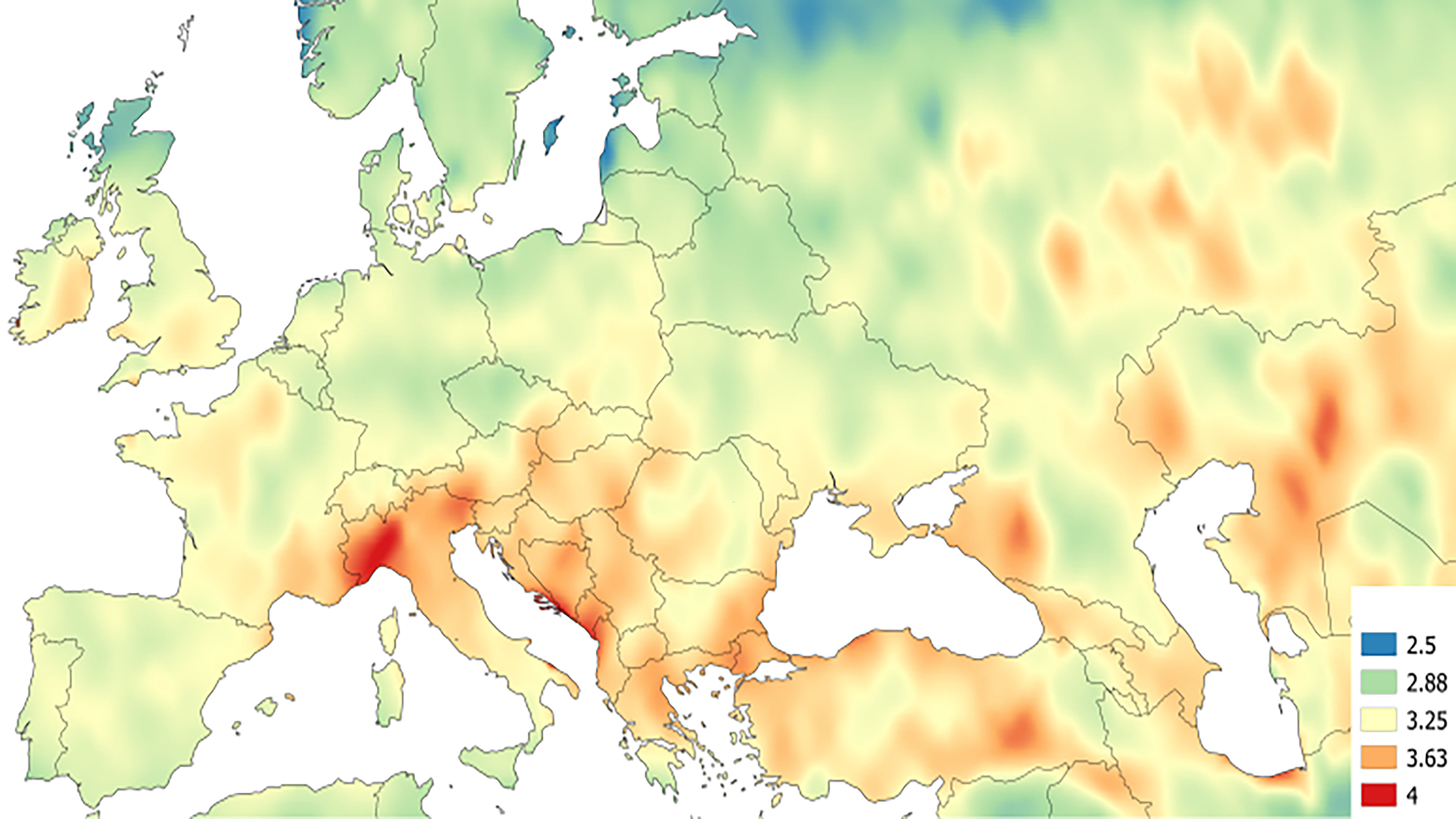
Finding Balance Between Green Energy Storage, Harvesting
Generating power through wind or solar energy is dependent on the abundance of the right weather conditions, making finding the optimal strategy for storage crucial to the future of sustainable energy usage. Research published in the Journal of Renewable and Sustainable Energy identifies key indicators that will help achieve balance between green energy storage capacity and harvesting capability and determine the energy potential of a region.
Quadrupling turbines, U.S. can meet 2030 wind-energy goals
The United States could generate 20% of its electricity from wind within 10 years, without requiring any additional land, according to Cornell University research published in Nature Scientific Reports.
Researchers design floating turbine to harvest deep-ocean wind energy
The wind over deep-sea waters offers the potential to become one of the country’s largest renewable energy sources.
University of Texas at Dallas researcher Dr. Todd Griffith has spent years working on an offshore turbine design that can convert those deep-ocean winds into electricity. Recently, Griffith received a $3.3 million grant from the U.S. Department of Energy to take his technology to the next level. The Advanced Research Projects Agency-Energy (ARPA-E) award provides support for his team to design and build a prototype for a floating offshore wind turbine.
The new grant was part of $26 million in funding from ARPA-E for 13 projects to accelerate floating offshore wind turbine technologies through the Aerodynamic Turbines, Lighter and Afloat, with Nautical Technologies and Integrated Servo-Control (ATLANTIS) program.
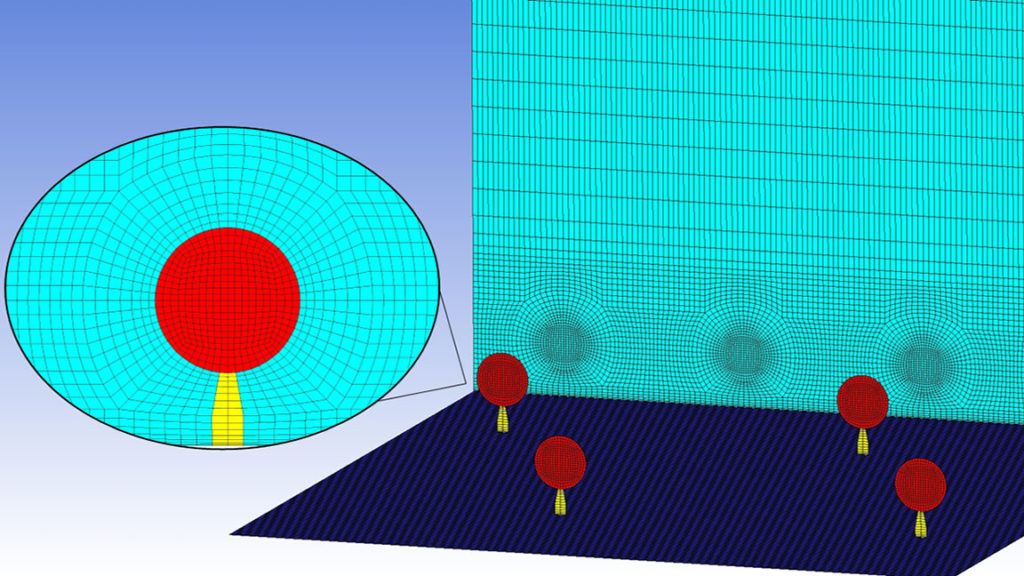
Supporting Structures of Wind Turbines Contribute to Wind Farm Blockage Effect
Much about the aerodynamic effects of larger wind farms remains poorly understood. New work in this week’s Journal of Renewable and Sustainably Energy looks to provide more insight in how the structures necessary for wind farms affect air flow. Using a two-scale coupled momentum balance method, researchers theoretically and computationally reconstructed conditions that large wind farms might face in the future, including the dampening effect that comes with spacing turbines close to one another.
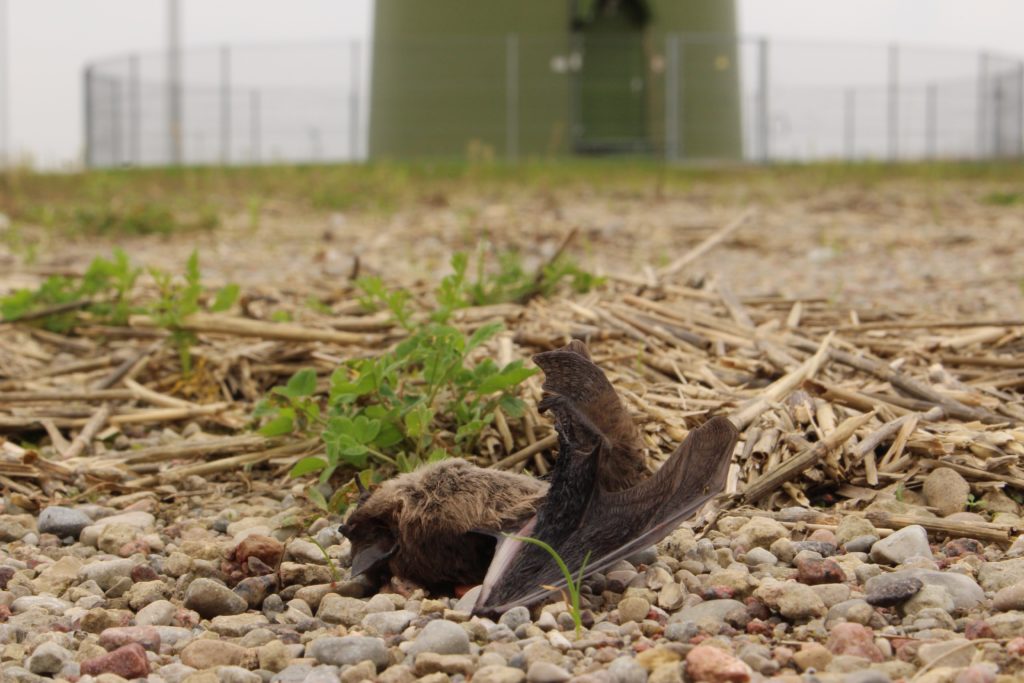
Saving Bats from Wind Turbine Death
Wind energy holds great promise as a source of renewable energy, but some have wondered addressing climate change has taken precedence over conservation of biodiversity. Wind turbines, for example, kill some birds, and the fatality rate for bats is even higher. In the Journal of Renewable and Sustainable Energy, scientists report the results of a survey of stakeholders in the wind energy field about attitudes toward the relative emphasis on climate change versus biodiversity issues.
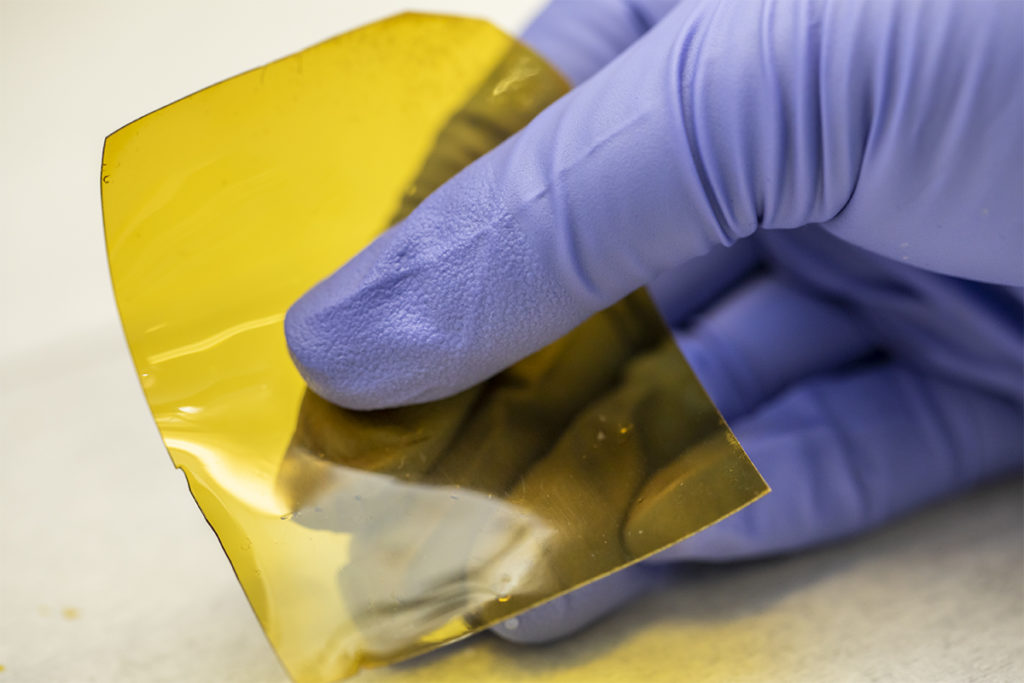
Go With the Flow: Scientists Design New Grid Batteries for Renewable Energy
Scientists at Berkeley Lab have designed an affordable ‘flow battery’ membrane that could accelerate renewable energy for the electrical grid.
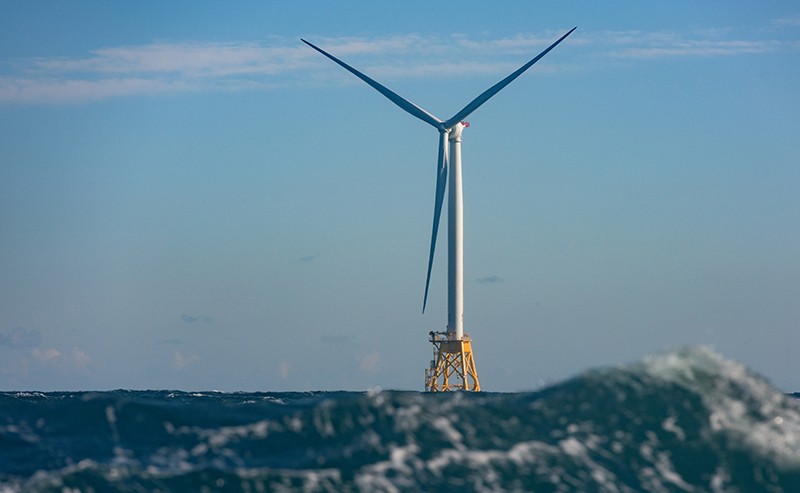
Are wind farms being delayed to protect fossil fuel industry?
Construction of the country’s largest offshore wind farm–the Vineyard Wind Project off the coast of Massachusetts–was supposed to begin this year. But the project faces a significant delay with the news that the federal Bureau of Ocean Energy Management is…
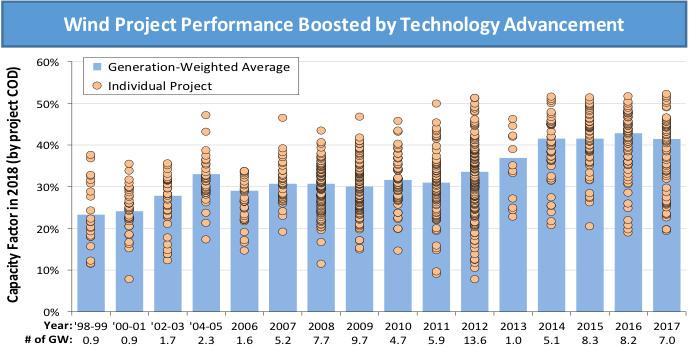
Report Confirms Wind Technology Advancements Continue to Drive Down the Cost of Wind Energy
Wind energy pricing remains attractive, according to a report released by the U.S. Department of Energy and prepared by Lawrence Berkeley National Laboratory (Berkeley Lab). With prices averaging below 2 cents per kilowatt-hour (kWh) for newly built projects, wind is competitive with other generation sources.
Don’t set it and forget it — scan it and fix it with tech that detects wind blade damage
Sandia’s crawling robots, drones detect damage to save wind blades ALBUQUERQUE, N.M. — Drones and crawling robots outfitted with special scanning technology could help wind blades stay in service longer, which may help lower the cost of wind energy at…